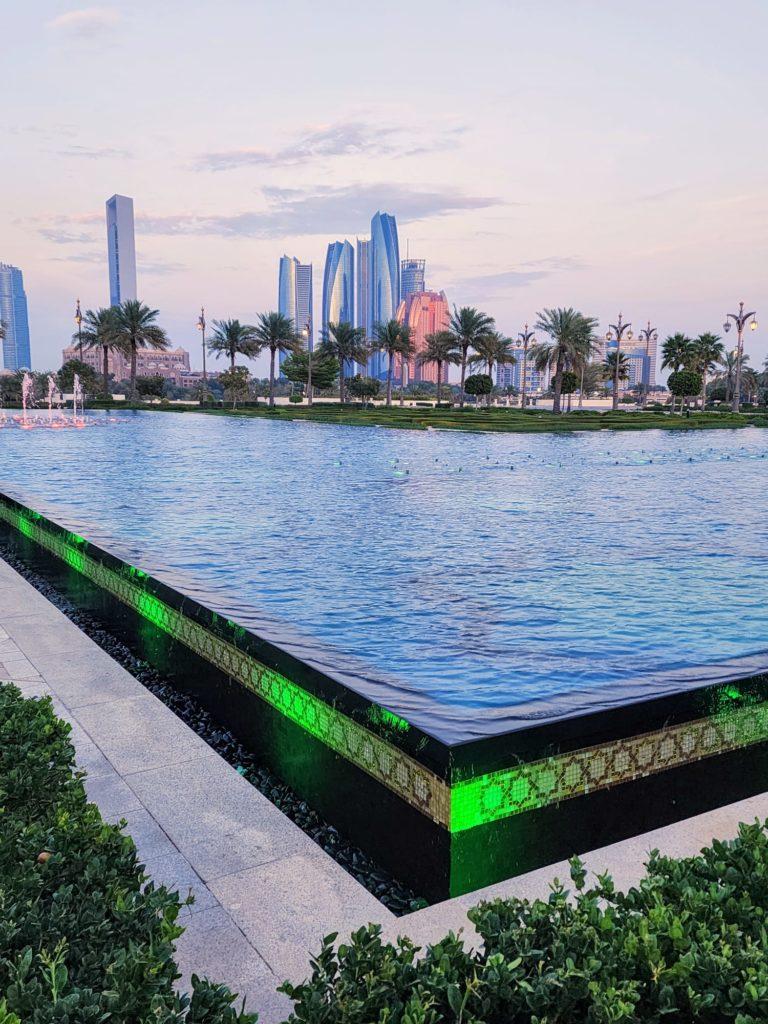
Six years are left to meet the United Nations (UN) Sustainable Development Goals (SDGs), a ringing bell for the upcoming High-Level Political Forum on Sustainable Development (HLPF), taking place at the UN Headquarters, in New York, from 8 to 17 July 2024.
In the most recent Sustainable Development Report 2024 by the UN Sustainable Development Solutions Network (SDSN), the United Arab Emirates (UAE) ranks 70th out of 166 countries globally. Quite an improvement since the release of the 2023 report when it ranked 79th globally.
As a reminder, in case it’s necessary: the SDGs comprise 17 goals and 169 targets to be met by 2030. Well, at least in an ideal world. Health is deeply embedded in them: Goal 3, ‘Good Health and Wellbeing’ (aka the ‘health SDG’), places health at the centre of other SDGs. This means that the realization of SDG 3 often depends on progress of the other SDGs. Goal 3 features 13 targets in total, each measured by one or a few indicators. Target 3.8 (Universal Health Coverage) is sometimes seen as the ‘umbrella’ target for SDG 3, and rightly so.
The “health-related SDGs” point out a larger group of targets and indicators, however. They refer both to SDG 3 (see above), but also to a number of targets and indicators under other SDGs that have an impact on health (eg: poverty reduction (SDG1), food security (SDG2), quality education (SDG4), gender equality (SDG5), clean water and sanitation (SDG6), …). As mentioned above, virtually all SDGs have a link with health, one way or another.
By the way, the World Health Organization (WHO) also monitors health and health-related indicators for the SDGs. The World health statistics 2024: monitoring health for the SDGs, sustainable development goals offers a detailed review of more than 50 health-related indicators from the SDGs and WHO’s Thirteenth General Programme of Work (GPW13). And just last week, as usual in the run-up to a HLPF, The Sustainable Development Goals Report 2024 was released, the official UN annual report on the SDGs. This report is also known as “the annual SDG report card”.
The UAE’s recent track record on SDG 3
Below we focus mostly on the health SDG3 indicators listed in the Sustainable Development Report 2024, mentioned above (i.e. the one in which the UAE ranked 70th).
According to the 2024 report (see pages 448 and 449), the overall status of SDG 3 for the UAE is ‘moderately improving’. Nevertheless, challenges remain. One of the more concerning Goal 3 indicators in the report is ‘life expectancy at birth’ with 78.71 years (based on 2021 data); in the 2023 report, life expectancy at birth was 76.1 years (based on the year 2019). To put this indicator into perspective, the long-term objective for this indicator is 83 years. So, there’s been some progress, even if the 2024 report classifies this indicator as ‘stagnating’. With a bit of luck, the pace of improvement might even suffice to get to 83 years by 2030. But that’s easier said than done.
Other areas also need additional attention and enhancement. Diabetes is (too) common in those aged 20 to 79. Diabetes is a worry in the UAE, but also in the wider Arab area.
On the bright side, the (umbrella) indicator ‘universal health coverage (UHC) index of service coverage’ is on track. In the 2024 report, the UAE scored 82.00 on this indicator (as compared to 78.00 in the 2023 report). Steady progress, in other words.
So, while challenges remain, the jump in the 2024 report (and progress on most of the SDG3 indicators) shows the UAE is largely on the right track. Nevertheless, addressing health-related concerns including diabetes prevalence, and further enhancing UHC should be a top focus. This may necessitate a more comprehensive approach involving promoting healthy lifestyles, enhancing access to healthcare services, and allocating resources to research and development for preventative and treatment techniques.
The broader SDG & planetary health picture in the polycrisis era
As mentioned in the press release of the latest SDG 2024 report, the UAE were among the countries that have made more than average progress towards reaching the SDGs, including on health and wellbeing. Several national strategies and programs have boosted the nation’s improvement in recent years, including the UAE’s VISION 2021 and Green Agenda – 2030, which emphasize sustainable development and environmental conservation. Nevertheless, there is still quite a journey to go, as the 70th position also reflects.
The UAE and other nations in the region can contribute to a more sustainable and resilient future by prioritizing sustainable development, executing comprehensive strategies, and enhancing stakeholder engagement. More in general, the world needs to redouble its efforts towards reaching the SDGs. Health-related SDGs still represent our best shot towards ‘Health for All’ in the polycrisis era.
Speaking of which, as some of you may know, recently the UAE got a ‘planetary (ill-) health’ warning. Let’s hope the catastrophic flooding of April 2024 on the Arabian Peninsula that affected the UAE (as well as Oman and the Kingdom of Saudi Arabia) will represent a turning point for the country and broader region to pursue even more vigorously the health-related SDG targets and SDG agenda in general.